What is Chatbot Automation? How Can it Save Business Costs?
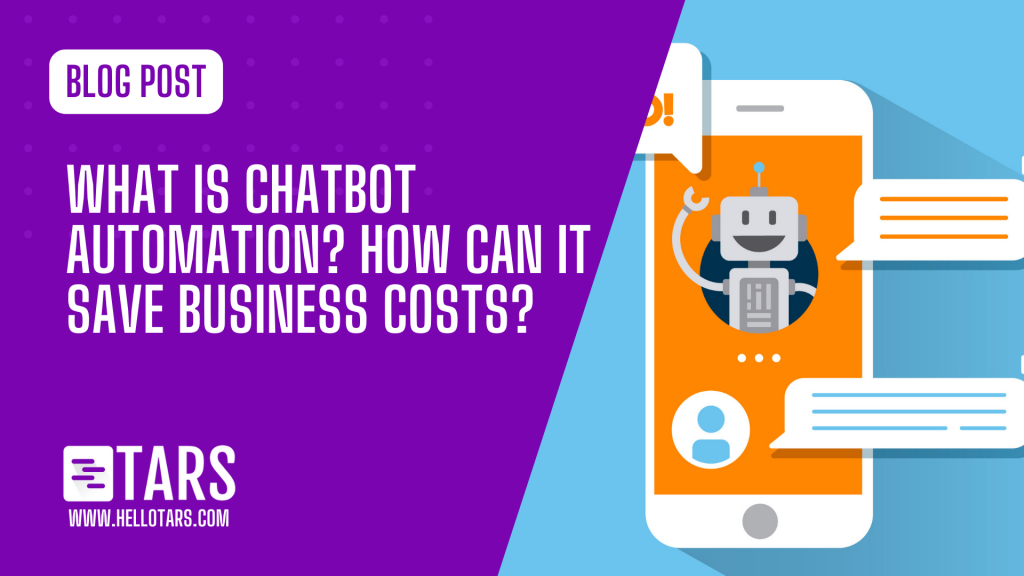
Chatbot automation has revolutionized the way businesses interact with their customers and streamline various processes. In this blog, we will explore the concept of chatbot automation and delve into how it can effectively save business costs.
With the advent of artificial intelligence (AI) and advancements in automation technology, chatbots have become powerful tools for enhancing customer experiences, optimizing workflows, and ultimately improving the bottom line.
What is Chatbot Automation?
Chatbot automation refers to the implementation of automated processes through the use of chatbots. These intelligent virtual assistants are designed to simulate human-like conversations and perform tasks without human intervention. By leveraging natural language processing (NLP) and machine learning (ML) algorithms, chatbots can understand user inquiries and provide relevant responses.
Chatbot automation offers several key features and functionalities that benefit businesses. Firstly, it enables 24/7 customer support, allowing businesses to engage with their customers at any time, across various channels. Additionally, chatbots can handle repetitive and mundane tasks such as answering frequently asked questions, gathering customer information, or providing product recommendations. This frees up human resources, allowing employees to focus on more complex and value-added activities.
Are Chatbots Considered Automation?
Yes, chatbots are considered a form of automation. They automate tasks and processes that would traditionally require human intervention. Through advanced algorithms and AI capabilities, chatbots can mimic human conversation, analyze user queries, and provide accurate responses in real-time. By automating these interactions, businesses can streamline customer service, sales, and support operations, resulting in increased efficiency and productivity.
How Can Chatbot Automation Save Business Costs?

Implementing chatbot automation can lead to significant cost savings for businesses. Here’s how:
1. Reduced Customer Support Costs:
Chatbots are capable of handling a large volume of customer inquiries simultaneously, eliminating the need for a large customer support team. This significantly reduces staffing costs, especially for businesses operating in industries with high customer interaction.
For example, an e-commerce company can use chatbot automation to handle common customer queries regarding product information, order status, or returns, reducing the need for extensive customer support staffing.
2. Streamlined Sales Processes:
Chatbots can automate various repetitive tasks in the sales process, such as lead qualification, order processing, and upselling. By automating these tasks, businesses can minimize errors, accelerate response times, and optimize resource allocation.
For instance, an insurance company can use chatbot automation to generate insurance quotes, collect customer information, and facilitate policy purchases, streamlining the sales process and reducing the need for manual intervention.
3. 24/7 Support Availability:
Chatbot automation enables businesses to provide round-the-clock support without incurring additional labor costs. Customers can access self-service options and obtain instant responses to their queries, even outside regular working hours. This availability enhances customer experiences and reduces the need for human intervention during non-business hours.
For instance, a banking institution can leverage chatbot automation to assist customers with balance inquiries, transaction history, or account management, ensuring support is available at any time.
4. Scalability and Cost Control:
Chatbots offer scalability without proportional increases in costs as businesses experience fluctuations in customer demand. Unlike human agents, chatbots can handle multiple interactions concurrently, ensuring consistent and cost-effective support during peak periods. This allows businesses to efficiently scale their customer service operations without incurring additional staffing expenses.
For example, an airline company can deploy chatbots during high-demand periods like ticket sales or flight cancellations, ensuring prompt and efficient customer assistance without hiring temporary staff.
5. Data-Driven Insights for Business Optimization:
Chatbots collect valuable customer data during interactions, providing businesses with insights into customer behavior, preferences, and pain points. By analyzing this data, businesses can make informed decisions to enhance marketing efforts, personalize customer experiences, and optimize resource allocation.
For instance, an online retailer can leverage chatbot data to identify popular products, understand customer preferences, and tailor marketing campaigns accordingly, leading to improved sales efficiency and cost savings. If a customer frequently asks about summer dresses, the chatbot can track this preference and recommend new arrivals or promotions for summer dresses.
Chatbots can also help in inventory management. By analyzing which products receive the most inquiries or generate the highest interest, a chatbot can help companies adjust their stock levels accordingly.
What is the Difference Between AI and Automation?

AI and automation are distinct concepts that serve different purposes. Here are five key differences between automation and AI:
✅Purpose and Function:
AI focuses on simulating human intelligence and enabling machines to perform tasks that typically require human cognition. It involves advanced algorithms and models that can learn, reason, and make decisions. Automation, on the other hand, aims to streamline processes and eliminate manual effort by using technology to perform repetitive tasks without human intervention. It relies on predefined rules and workflows to execute tasks efficiently.
✅Decision-Making Capabilities:
AI possesses decision-making capabilities based on data analysis, pattern recognition, and learning from experience. It can adapt to new situations and make informed choices. Automation, however, follows predetermined rules and instructions without the ability to learn or deviate from the established process. It executes tasks according to predefined instructions without incorporating data-driven decision-making.
✅Flexibility and Adaptability:
AI systems can adapt to changing circumstances and handle a wide range of inputs or scenarios. They can learn from new data and improve their performance over time. Automation, on the other hand, is designed for specific tasks or processes and lacks the flexibility to handle novel situations. It is well-suited for repetitive and standardized processes where the inputs and outputs are consistent.
✅Complexity of Tasks:
AI is often employed for complex tasks that require cognitive abilities, such as natural language understanding, image recognition, or predictive analytics. It tackles challenges that go beyond simple rule-based operations. Automation, on the other hand, is effective for tasks that can be defined by a set of rules or actions. It excels in repetitive and routine operations that can be automated through predefined workflows.
✅Human Interaction:
AI technology aims to create human-like interactions and experiences. It enables machines to understand and respond to human language, emotions, and context. Chatbots powered by AI can engage in natural and meaningful conversations with users. Automation, while it can improve efficiency, lacks the ability to provide human-like interaction. It focuses on executing tasks without human involvement and without the nuanced understanding of language or context.
What are the two main chatbots processes?
When it comes to chatbot automation, two main processes play a crucial role in their functioning – natural language processing (NLP) and Machine Learning (ML)
✅Natural Language Processing (NLP): NLP enables chatbots to understand and interpret human language. It involves the analysis of text or voice inputs to derive meaning and context. NLP algorithms allow chatbots to recognize user intents, extract relevant information, and generate appropriate responses. By leveraging NLP, chatbots can have more natural and interactive conversations with users, enhancing the overall user experience.
✅Machine Learning (ML): ML empowers chatbots to learn and improve their performance over time. By training chatbots on large datasets, they can recognize patterns, identify trends, and adapt their responses accordingly. ML algorithms enable chatbots to continually refine their understanding of user queries, optimize response accuracy, and handle a wider range of inquiries. This iterative learning process enhances the effectiveness and reliability of chatbot automation.
How to Implement Chatbot Automation for Your Business
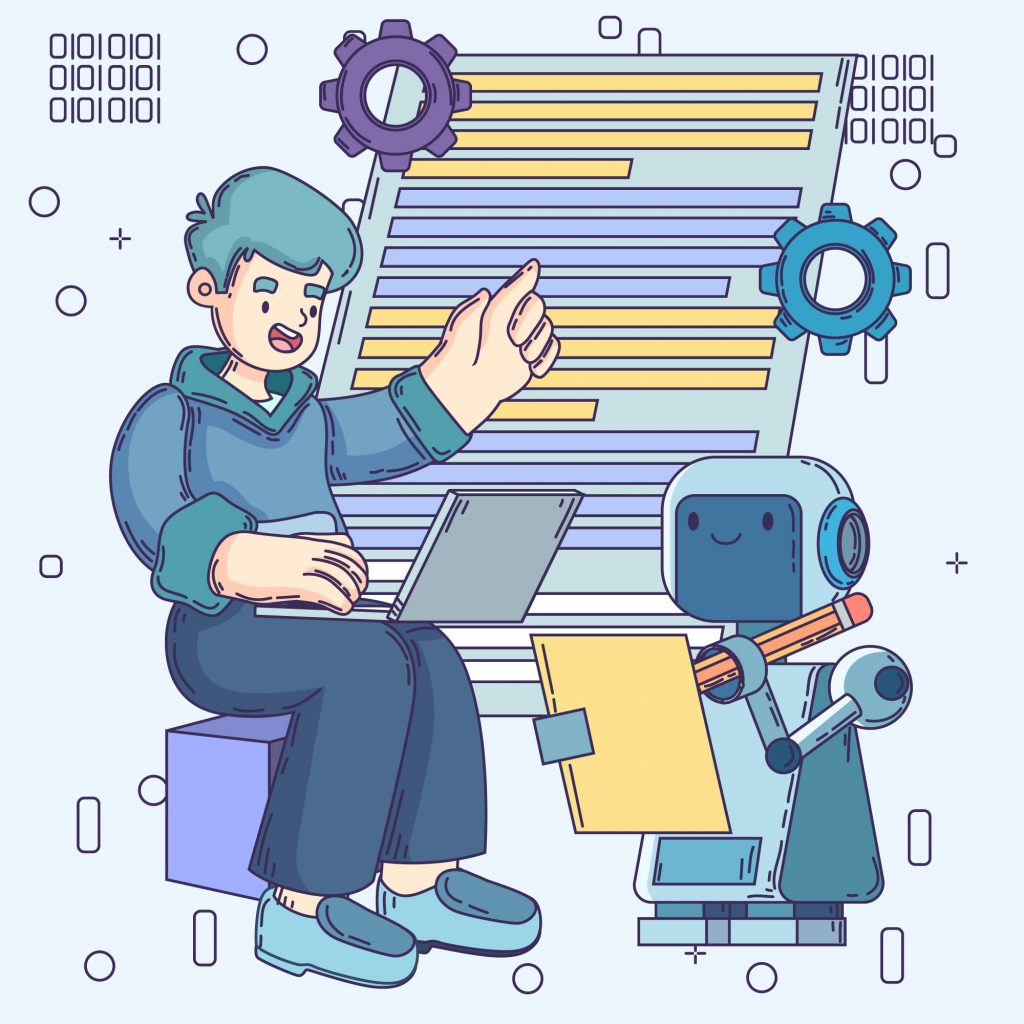
At TARS we have made chatbot automation a reality for over 700 global businesses including American Express, Vodafone, Nestle, Adobe, Bajaj, and many more.
To get started on your chatbot automation journey, all you have to do is schedule a free demo. Our expert team will walk you through the entire process and help you get started.
Our demos require no commitment on your part. It is to ensure that you have your queries resolved before making any investment.
Our team can handle the entire process for you from planning and creation to testing and deployment. We will also provide any necessary training to your employees.
You can check out some of our biggest chatbot automation successes here 👉 TARS Case Studies
I am a creative thinker and content creator who is passionate about the art of expression. I have dabbled in multiple types of content creation which has helped me explore my skills and interests. In my free time, I indulge in watching animal documentaries, trying out various cuisines, and scribbling my own thoughts. I have always had a keen interest in blogging and have two published blog accounts spanning a variety of articles.
- What is Chatbot Automation?
- Are Chatbots Considered Automation?
- How Can Chatbot Automation Save Business Costs?
- 1. Reduced Customer Support Costs:
- 2. Streamlined Sales Processes:
- 3. 24/7 Support Availability:
- 4. Scalability and Cost Control:
- 5. Data-Driven Insights for Business Optimization:
- What is the Difference Between AI and Automation?
- What are the two main chatbots processes?
- How to Implement Chatbot Automation for Your Business


Build innovative AI Agents that deliver results
Get started for freeRecommended Reading: Check Out Our Favorite Blog Posts!
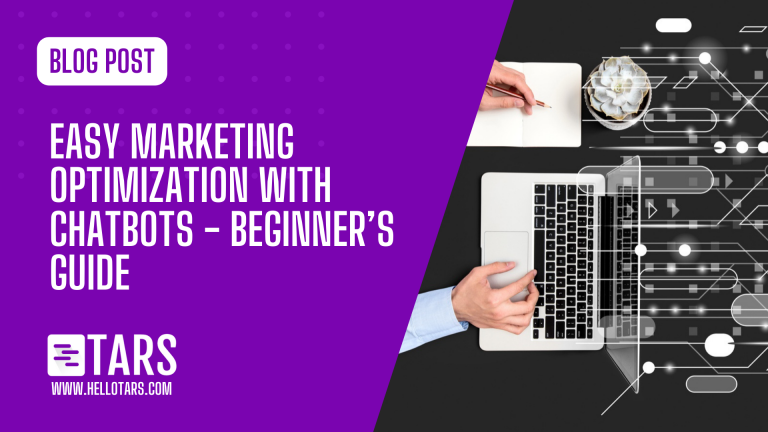
Easy Marketing Optimization with Chatbots – Beginner’s Guide
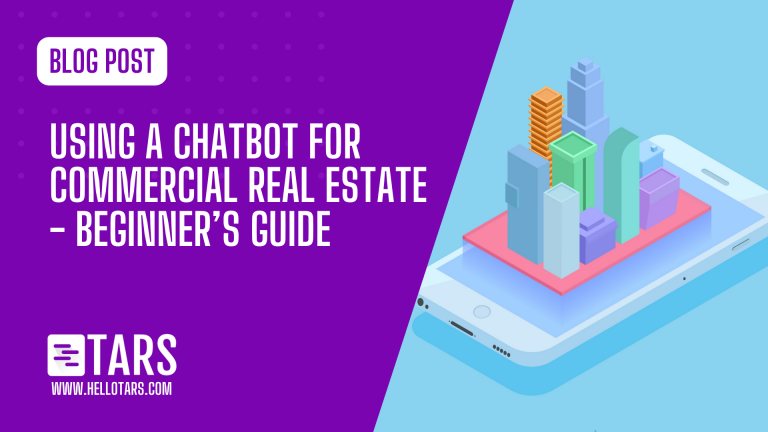
Using a Chatbot for Commercial Real Estate – Beginner’s Guide
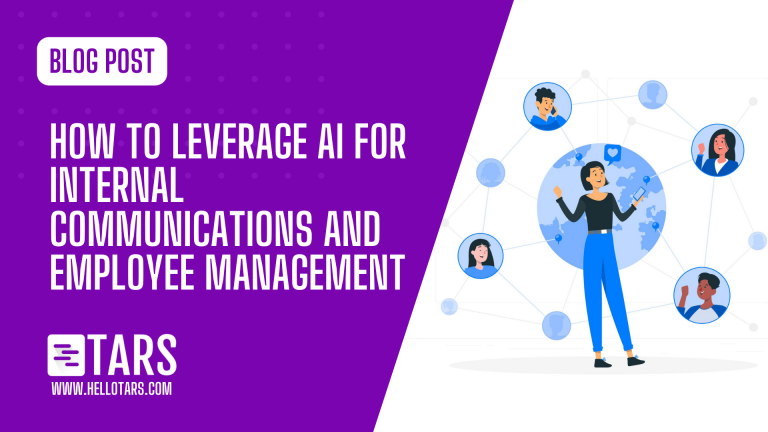
AI for Internal Communications and Employee Management

Our journey in a few numbers
With Tars you can build Conversational AI Agents that truly understand your needs and create intelligent conversations.
years in the conversational AI space
global brands have worked with us
customer conversations automated
countries with deployed AI Agents



